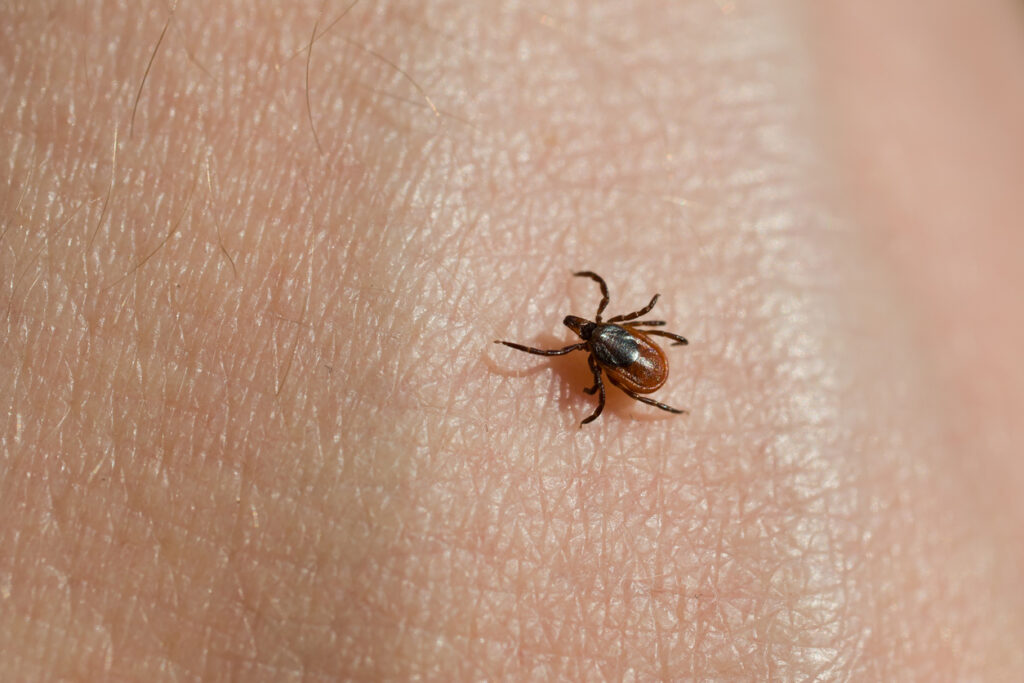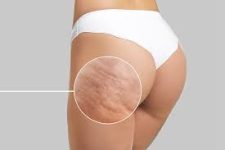Natural DIY Tick Repellent – Greenmoxie™
2 min read
Lyme disease is a growing concern as warmer climates mean ticks are more prevalent. In many areas, ticks and the threat of lyme disease is a relatively new phenomenon. You can control ticks with chemical sprays that contain 20% DEET, picaridin, or IR3535 but there are also natural alternatives. Here are some organic ways to prevent ticks and what to do if you do find one on yourself or your pets.
Prevention is better than Cure
Spay pets and clothing with a tick repellent before you venture into wooded areas or where tall grass grows. Stick to the center of trails to reduce exposure. Tuck your pants into your socks and opt for lighter colors so ticks are easy to spot.
You can catch ticks before they latch on. Use a lint roller on your clothes to catch unattached ticks. Don’t have a lint roller? You can also wrap duct tape around your hand with the sticky side out. Gently pat down your clothing to catch ticks.
Taking a shower as soon as you get home reduces your risk of lyme disease. Take this opportunity to check your body for ticks. Pay special attention to the hairline and the hair. To the armpits, groin, behind the knees, and in and around the ears and belly button.
Tick Repellent Recipe
We know you don’t want to douse yourself in chemical repellents every time you venture out, so here is a natural tick spray that is really effective at keeping those nasty critters at bay.
Ingredients
- 1 oz. witch hazel
1 oz. water (filtered is best)
10-20 drops geranium bourbon essential oil or Rose geranium essential oil
To Make
Place the witch hazel in a spray bottle and add geranium bourbon essential oil. Add water and spray liberally on pets and people.
If you find that the mixture is separating, add a squirt of castile soap.
How to Remove a Tick
While you may feel a strong urge to get that tick off immediately, pulling it with your fingers can cause the head to break off. Ticks embed their heads into your flesh and, if left behind, they can cause infection. Simply take a tweezers and place it around the head of the tick and as close to your skin as possible. Remove by pulling upwards gently. Do not twist the tick off as this can cause the mouth parts to break off. If you do accidentally break off the mouth parts, simply remove with the tweezers.
You can flush the tick down the toilet, but do not crush it between your fingers or burn it. If you wish to have the tick tested for lyme disease, preserve it in a vial or sealable plastic bag and take it to your doctor.
Wash the wound with soap and water or cleanse with alcohol. Consult your doctor if you develop a rash or any of the other symptoms of lyme disease including headaches, fever or chills, swollen lymph nodes, sore joints or aching muscles.






